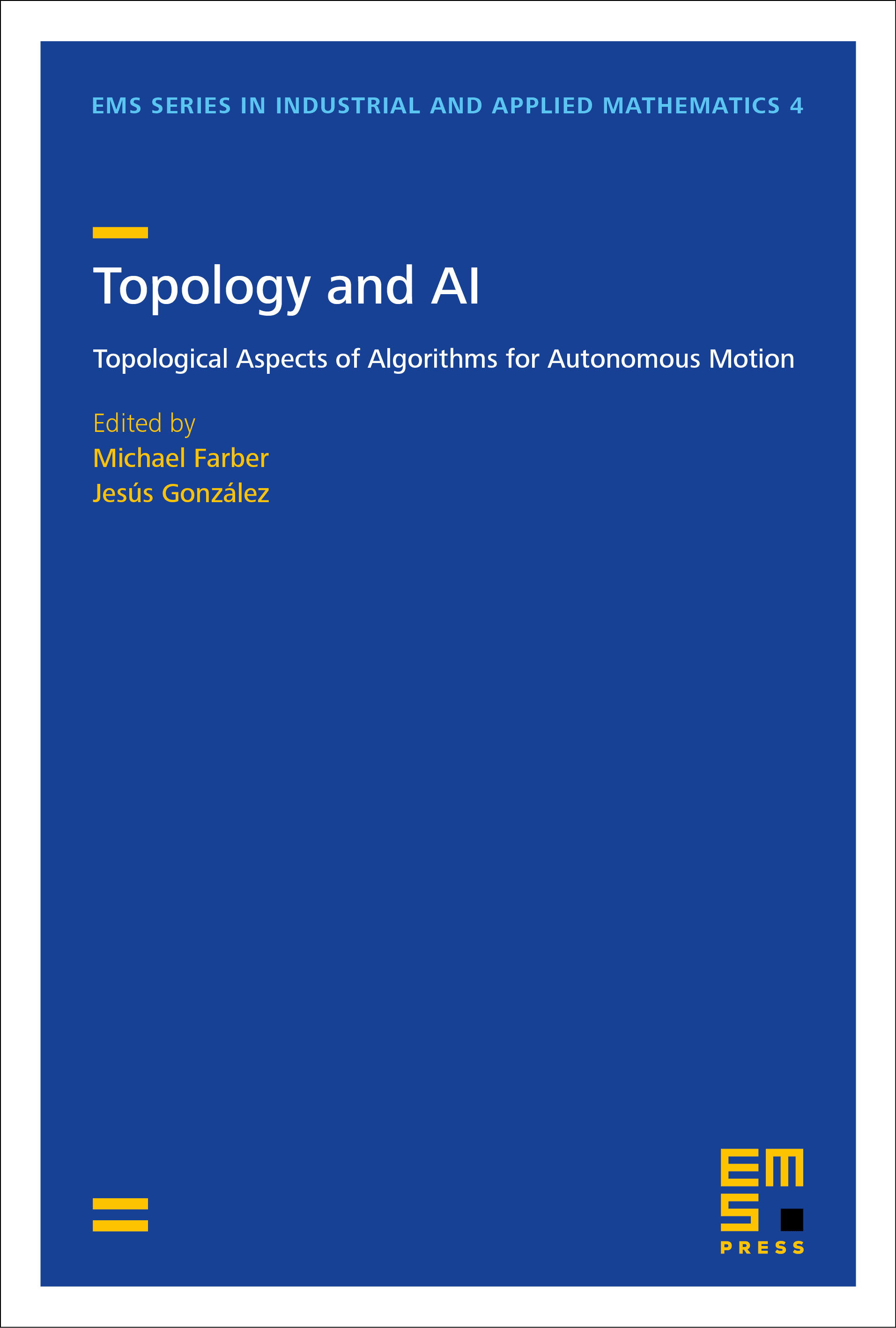Geometric and topological properties of manifolds in robot motion planning
Stephan Mescher
Martin Luther University Halle-Wittenberg, Germany

A subscription is required to access this book chapter.
Abstract
Manifolds occur naturally as configuration spaces of robotic systems. They provide global descriptions of local coordinate systems that are common tools in expressing positions of robots. The purpose of this survey is threefold. Firstly, we present an overview over various results on topological complexities of manifolds and related topics. Several constructions for manifolds, e.g., symplectic structures and connected sums, can be used to compute or estimate topological complexities. Secondly, we take a look at geodesic motion planning in Riemannian manifolds. In this setting, results from Riemannian geometry are employed to estimate the complexity of motion planning along shortest paths in manifolds. Thirdly, we will discuss results on connections between critical point theory and the topology of manifolds that are related to motion planning problems. Here, we consider the role of navigation functions for topological complexity and outline their relations to newer numerical homotopy invariants, namely, spherical complexities.